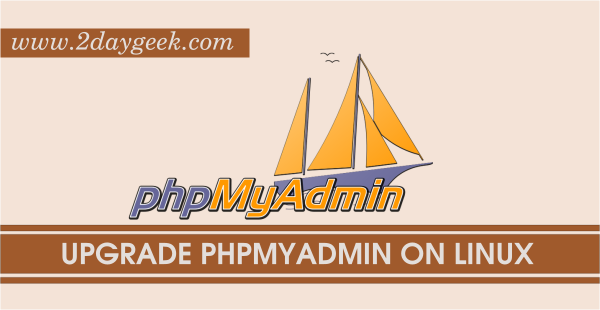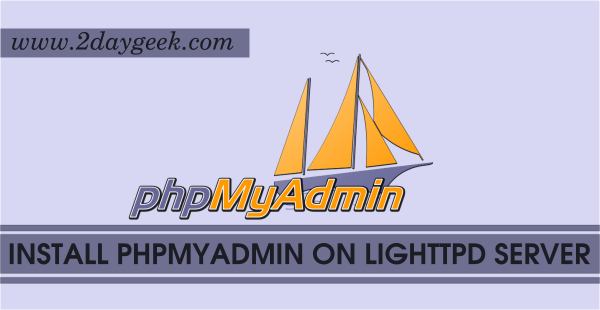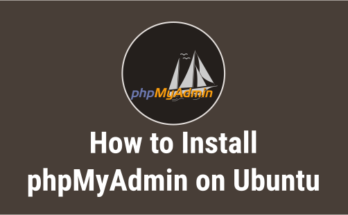phpMyAdmin is a free opensource software which helps user to manage/administrate of MySQL database in Web which was writen in PHP. It supports wide range of operations on MySQL, MariaDB. Frequently used operations (managing databases, tables, columns, relations, indexes, users, permissions, etc) can be performed via the user interface.
phpMyAdmin Features
- Web based Interface
- Most of MySQL features are supported
- Browse/create/modify/Drop databases, tables
- Execute & Edit SOL-statement
- Manage MySQL users and privileges
- Manage stored procedures and triggers
- Import/Export data from CSV and SQL
- Export data to various formats such as CSV, SQL, XML, PDF, etc,..
- Administering multiple servers
- For more details about Features, visit phpMyAdmin official Features page
Prerequisites for phpMyAdmin
Make sure you should have installed LAMP before proceeding phpMyAdmin installation.
1) Checking currently available phpMyAdmin package
Use the below command to check available phpMyAdmin package on your system. It is showing old version of 4.2.13 which is supported by EPEL Repository.
# yum list phpmyadmin
phpMyAdmin.noarch 4.2.13-1.fc20 updates
2) Install & Enable Remi Repository
We can install Latest release of phpMyAdmin by enabling Remi Repository.
# yum --enablerepo=remi list phpMyAdmin
phpMyAdmin.noarch 4.3.0-1.fc20.remi remi
3) Install phpMyAdmin
Use the below command to install phpMyAdmin from Remi Repository.
# yum --enablerepo=remi install phpMyAdmin
4) phpMyAdmin Configuration
Bydefault you can access from your localhost and if you want to access from anywhere of world, you need to add your IP to phpMyAdmin.conf file based on your Web Server such as Apache, Nginx & Lighttpd.
which is located under /etc/httpd/conf.d/phpMyAdmin.conf.
# For Apache Web Server # # nano /etc/httpd/conf.d/phpMyAdmin.conf Allow from YOUR-SERVER-IP Require ip YOUR-SERVER-IP # For Nginx Web Server # # ln -s /usr/share/phpMyAdmin /usr/share/nginx/html # For Lighttpd Web Server # # ln -s /usr/share/phpmyadmin/ /var/www/lighttpd/
5) Restart Apache & MariaDB service
After making changes restart your webserver & MariaDB to take effect.
# Restart the service in SysVinit System # # service restart httpd # service restart mysql # Restart the service in Systemd System # # systemctl restart httpd.service # systemctl restart mariadb.service
6) Access phpMyAdmin
Open your web browser and navigate to http://localhost/phpmyadmin or http://your-server-ip-address/phpmyadmin or http://127.0.0.1/phpmyadmin and enter the login details.
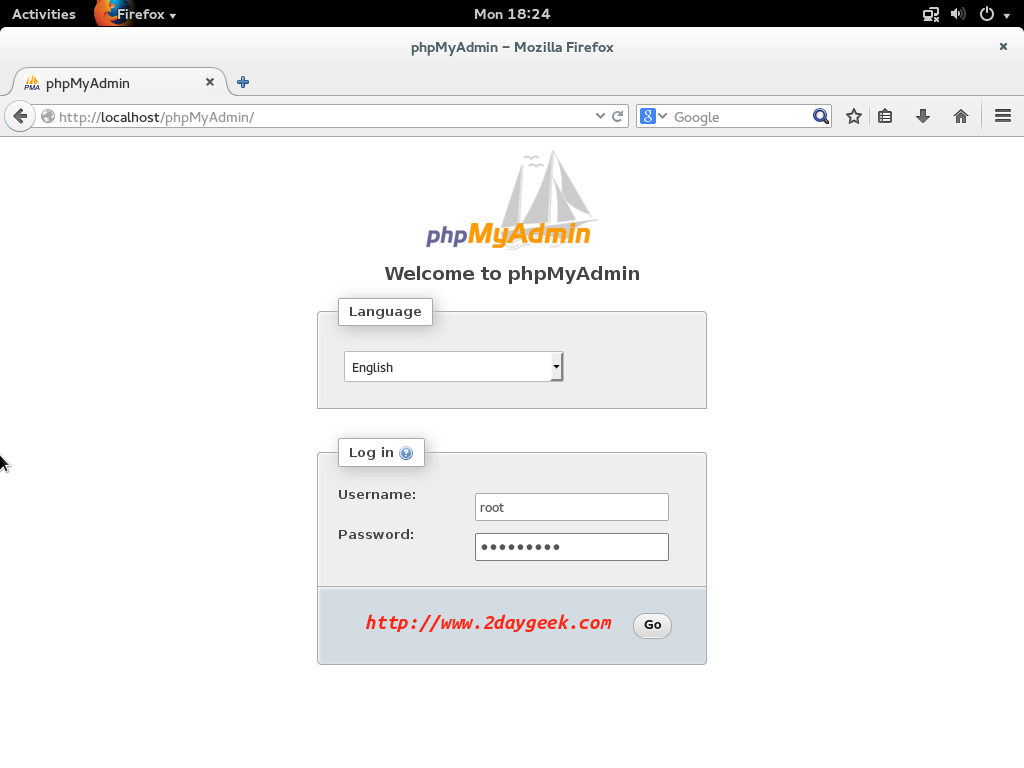
Home Page.
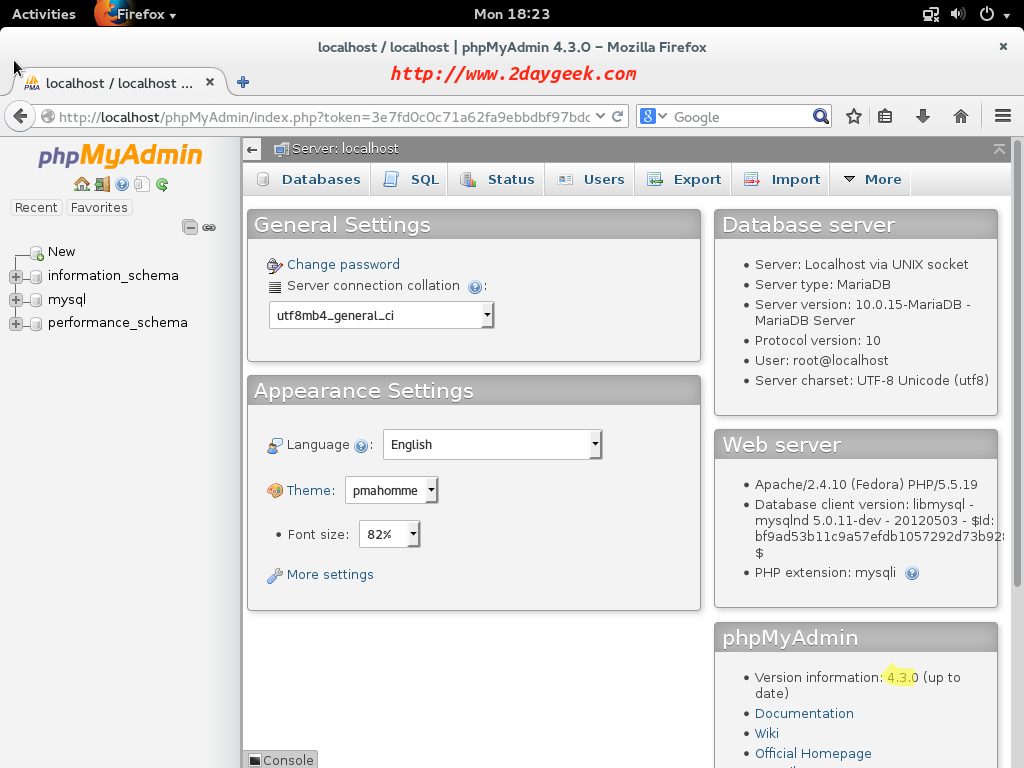
We are preparing all articles in-depth to understand by all level/stage Linux administrators. If the article is useful for you, then please spend less than a minute to share your valuable comments in our commenting section.
Please stay tune with us…Good Luck.

